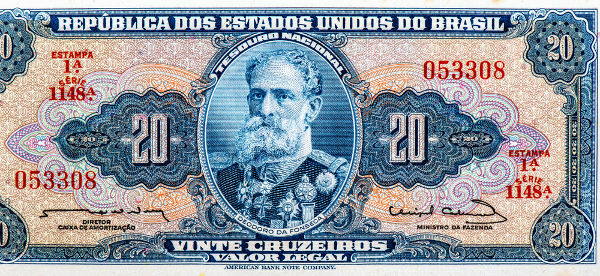The symbols of Christmas represent the setting for the celebration of this great Christian feast. That's why at this time of year we find them all over the place.
With origins in different times, each of the symbols appears not only because they are beautiful and bring more beauty and joy to the party, but because they all have a curious story to tell and, in this way, they transmit a message.
Let's get to know the symbology behind the 15 most significant symbols of the most anticipated party of the year?
1. Star
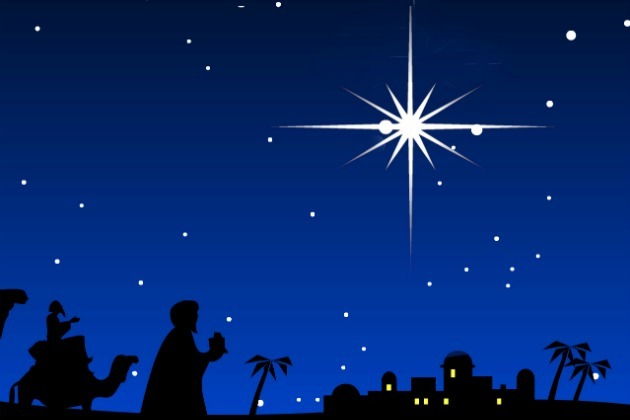
The Christmas star was the one that indicated to the wise men where Jesus was, because they wanted to adore him.
Following the star, the magicians were able to find the Child, who had been born in Bethlehem, hence it is also known as the Star of Bethlehem.
In addition to signaling the path that led to the Child, the star represents Jesus himself, who was born to guide humanity.
Until today, science tries to explain its origin as an astronomical phenomenon.
2. bells

The Christmas bell is the symbol that represents the announcement of Jesus' birth.
That's because, in addition to signaling the time, the ringing of bells warns people to gather for an event.
Used in decorating trees and doors, bells are also remembered in Christmas carols. The best known is "Beat the bell".
Who has never sung a bit?: "The little bell, bell of Bethlehem, rings. God was born a child for our good".
3. Candle

It is said that in Germany a gentleman used to put candles in his window to light the way of travellers.
Thus, Christmas candles assume the role of representing the light that the birth of Jesus brings to people's lives, because he came to dispel the darkness, the darkness.
Thus, candles lit on Christmas Eve reveal the presence of Christ in that environment, in addition to representing faith.
4. nativity scene
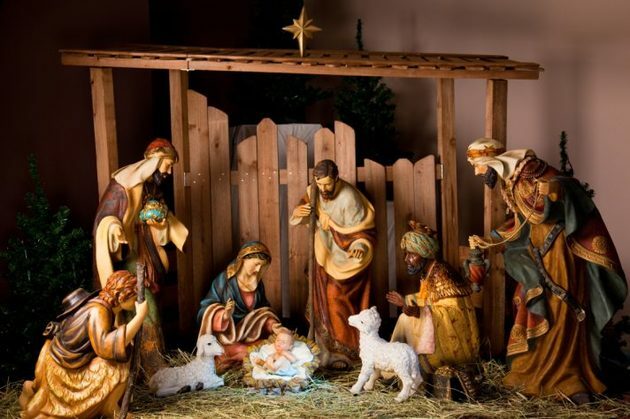
The first nativity scene dates back to 1223 and was assembled in Italy by Saint Francis of Assisi, who wanted to show the faithful how Jesus was born.
Initially it was only done in churches, until its assembly in houses became a tradition.
It is a representation of the setting in which Baby Jesus was born.
Thus, in addition to Jesus and his parents, Mary and Joseph, they figure:
- the stable animals that warmed Jesus;
- the angel, who announces his birth to the world;
- the Star of Bethlehem, which showed the way for the wise men;
- the three kings: Balthazar, Gaspar and Melchior.
It is usually dismantled on January 6th, the date on which the kings located the Child.
5. Angel
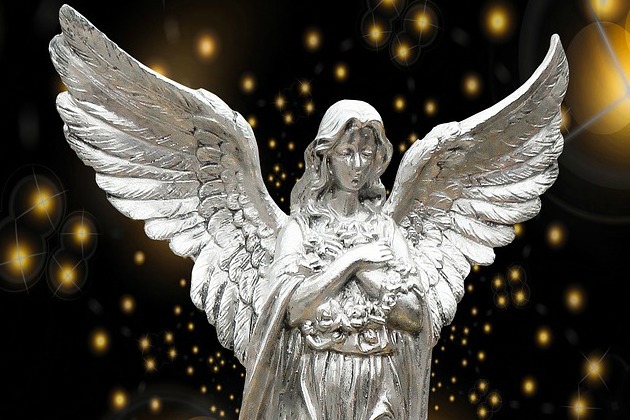
The angels represent the figure of Gabriel, the angel who announced to Mary that she would give birth to Jesus.
That's why they are so important in Christmas ornaments. Like Gabriel, the angels, who play the role of God's messengers, announce the birth of Jesus to the people.
No wonder the angel is one of the greatest joy bearers of this Christmas season.
He is present not only in isolation, but is also one of the main figures in the nativity scene.
6. balls
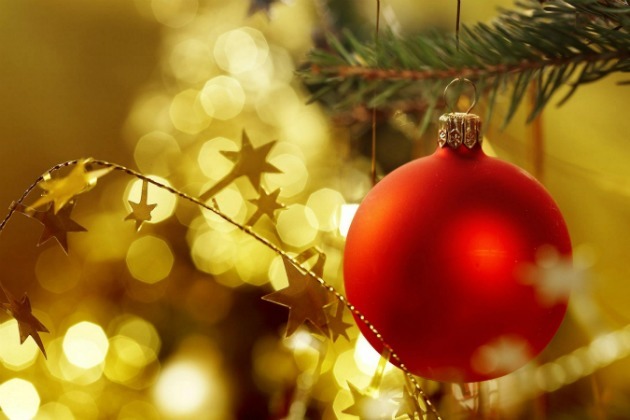
The balls that mainly decorate the Christmas tree represent the fruits of the trees.
Initially the fruits served as decoration and were eaten by the children. According to legend, when in a year there was no fruit, an artisan made glass balls to imitate them.
Due to the beauty of their art, the balls have become a tradition and a decorative element that cannot be missed at Christmas.
7. Tree

According to historical records, the first Christmas tree appeared in northern Europe in the 16th century. But it only became a tradition after the 17th century with Martin Luther, in Germany.
After that, it was in the 19th century that this Christmas symbol spread around the world.
It so happens that, before the Christianization of Christmas, trees are usually decorated with another purpose: to celebrate the arrival of winter.
The tree is, by tradition, a pine. That's because the pine is the only tree that can keep its leaves even in the intense cold. Thus, it symbolizes life and hope.
Each ornament carries a symbolism. The lights, for example, represent the stars, and the star that is usually placed at the top of the tree represents the Star of Bethlehem.
8. Santa Claus

The figure of Santa Claus arises from the gestures of kindness of the bishop named Nicholas.
According to legend, he threw gold coins into the chimneys of the homes of the most needy in Turkey, having been recognized by the church as a saint.
The modern representation of Santa Claus will have appeared in the United States. Santa Claus gained the appearance of a chubby old man with a long beard and red clothes, moving around the houses in his sleigh.
9. Advent crown
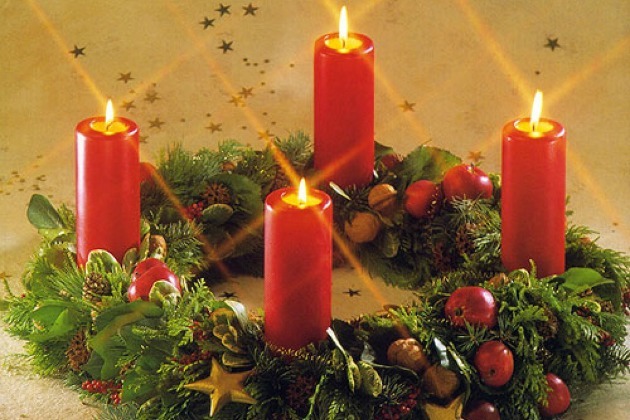
The Advent wreath is a kind of wreath on which four candles are placed, one for each week before Christmas.
Much more than a pretty decorative object, for Christians the Advent wreath is an announcement of Christmas. Its shape symbolizes eternity and its green leaves, hope.
In churches, each crown candle has a different color and is lit in the following order: green, red, purple and white.
The origin of the wreath dates back to 1839 and was used as a form of counting for children who looked forward to the arrival of Christmas.
10. wreath
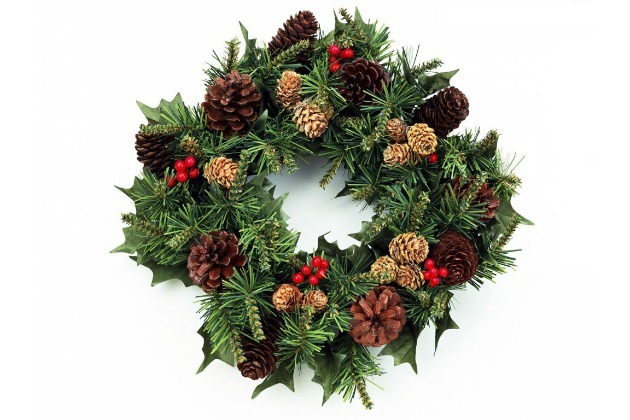
Garlands date back to antiquity and appeared in Rome.
They are a welcome sign for those who visit us during this festive season. That's why it's traditional to hang them on the front doors of houses.
Initially a pagan symbol, the garland came to be used by the church with the adaptation of candles, which gave rise to the Advent wreath.
11. Christmas card

Christmas cards appear as a symbol insofar as sending postcards with a beautiful message during this festive season has become a tradition among family, friends and clients.
That's because the spirit of joy, thanksgiving and sharing invades hearts, making people exchange messages at this time of year.
The first Christmas card was made by the painter John Callcott Horsley asked by Sir Henry Cole, an English civil servant who, at the time, was too busy to write letters with wishes for a happy holiday.
Over time, paper cards were replaced by messages sent electronically.
12. Peru

Turkey is one of the most requested dishes for the Christmas dinner and represents plenty.
The tradition of eating turkey comes from the United States, where the bird is a typical Thanksgiving dish, also called turkey day (Turkey Day, in Portuguese). That's because about 50 million turkeys are consumed on that date.
Thanksgiving Day, much celebrated in the United States, appeared in 1621 to celebrate and, above all, give thanks for the bounty of harvests. From the beginning, turkey was served at this party.
13. Supper
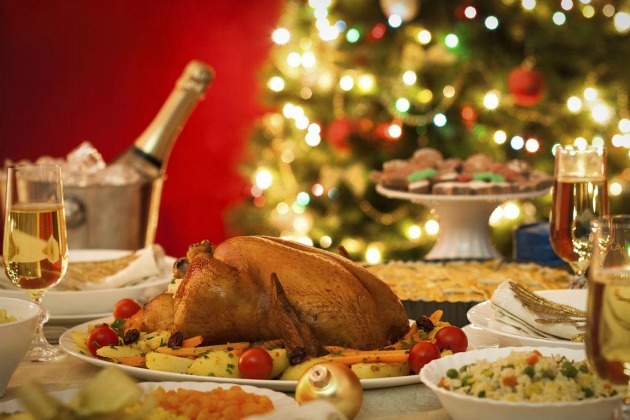
And since we're talking about food, why not highlight the symbology of the Christmas dinner?
More than a dinner full of appetizing things, the supper represents the fraternization and union of families.
The custom of gathering friends and family around the table to celebrate the birth of Jesus comes from Europe, where people opened the doors of their homes to receive travelers and offer them a meal on the eve of Christmas.
14. Christmas presents
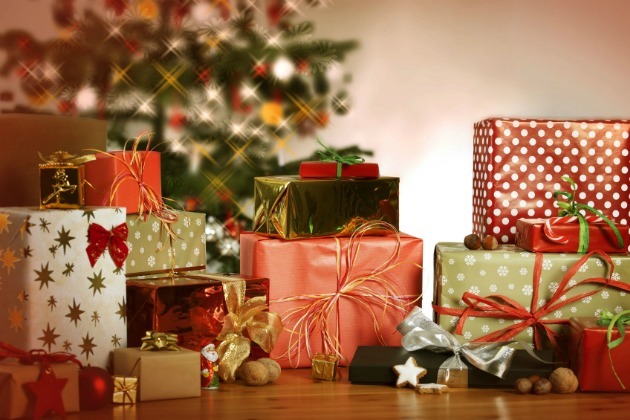
For many, especially children, Christmas is synonymous with gifts. But how did the habit of exchanging gifts come about?
Well, this is a custom related to the Magi, who brought Jesus gold, frankincense and myrrh, each with its own meaning: the gold symbolizes royalty; the incense, the divinity; and myrrh, the human aspects of Jesus.
Furthermore, the origin of Santa Claus is also related to the gifts. This is because the "good old man" was originally a Turkish bishop who threw gold coins down the chimneys of the poor.
15. panettone
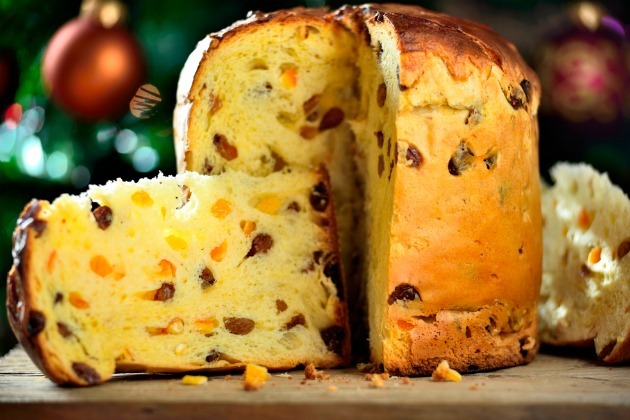
Finally, let's talk once more about food, more precisely about a delicacy that cannot be missing on Brazilians' tables: Panettone!
Of Italian origin, legend has it that Toni, a bakery employee, was exhausted from work due to orders at Christmas. For this reason, he ended up making a mistake when he made a loaf of bread for his master's family supper on Christmas Eve.
The mistake went so well that the boss called the bread "Toni pani".


